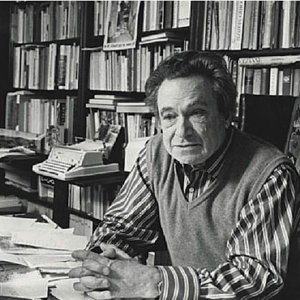
John Rewald
John Rewald (1912-1994) was born in Berlin in 1912 and was educated in Germany by illustrious masters such as Erwin Panofsky and Fritz Saxl, before arriving at the Sorbonne where, in 1936, he discussed his thesis on Cézanne and Zola. France’s entry into the war forced him to leave Paris for New York, which at that time was the centre of the cult of Impressionism. Rewald arrived in America laden with first-hand documents he had collected during years of research in the French capital, obtained from close relatives of the Impressionists and other direct witnesses. A Professor of Art History, first in Chicago and then in New York, he was a prolific author: his The History of Impressionism (1946) and Post-impressionism. From van Gogh to Gauguin (1956) remain milestones to this day. He died in 1994, before completing his ambitious project for a reasoned catalogue of Cézanne’s paintings, which was published posthumously.
Author's books
Gli anni di Van Gogh e Gauguin
Una storia del Postimpressionismo
John Rewald
pages: 624 pages
Following the showing of Seurat’s ground-breaking La Grande-Jatte at the last impressionist exhibition, an unknown Dutchman by the name of Vincent van Gogh arrived in Paris, eager to take advantage of the opportunities offered by the city’s ferment to anyone willing to strike out on new paths. The year was 1886, and Cézanne, Bernard, Pissarro,
La storia dell'Impressionismo
John Rewald
pages: 606 pages
When the first edition appeared in 1946, The History of Impressionism was immediately celebrated for the extraordinary simplicity of its layout, its use of primary sources and, by drilling down to the smallest detail, its ability to reconstruct the events that culminated in the first Impressionist exhibition of 1874. Covering a total timespan of so

